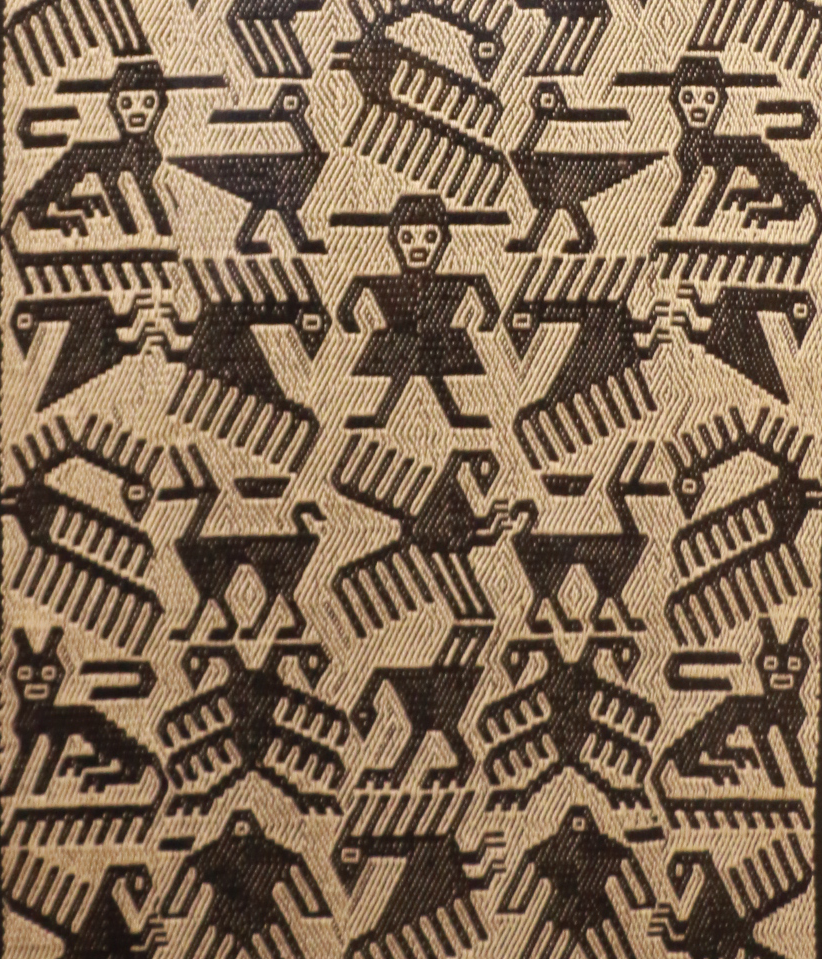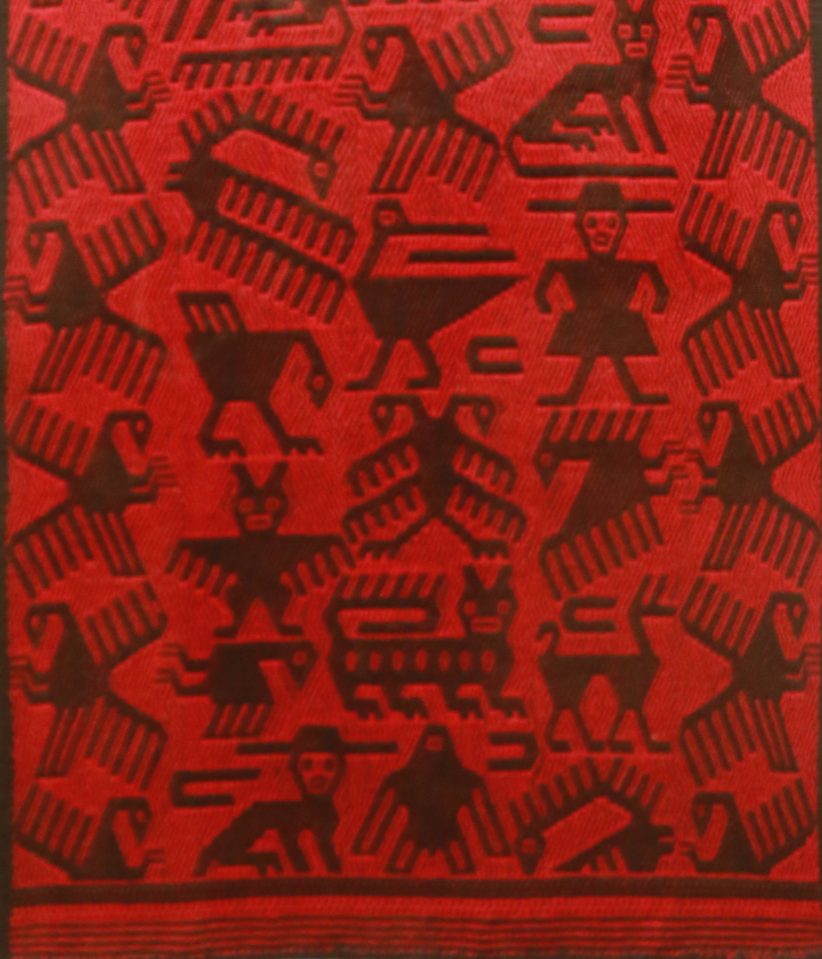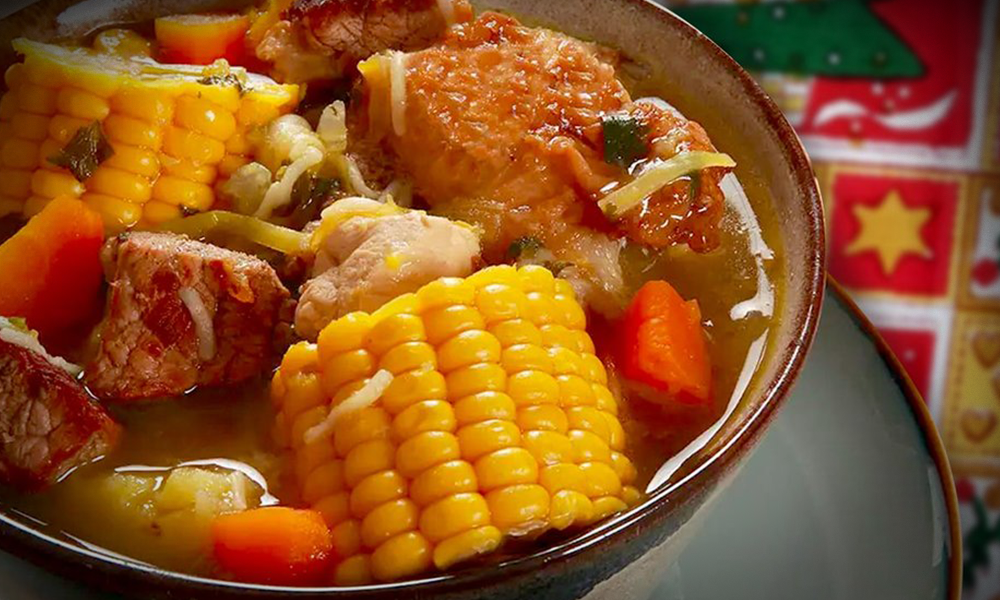En las vastas tierras de Bolivia, el tejido no es simplemente una habilidad artesanal, sino un acto sagrado, una forma de expresión cultural arraigada en las tradiciones milenarias de las diversas etnias que pueblan el país. Desde las tierras altas del altiplano hasta los exuberantes llanos orientales, los tejidos indígenas nos narran historias ancestrales, cosmovisiones únicas y la identidad de cada pueblo.
En las regiones montañosas del norte de Potosí, el arte del tejido entre los Jalq’a, incluyendo la población de Potolo en Chuquisaca, es más que una actividad; es una conexión con lo divino. A través de sus tejidos, los Jalq’a incorporan sus creencias religiosas y supersticiones, creando piezas que reflejan un universo caótico y místico, donde los khurus, animales salvajes, cobran vida en telares oscuros y sin contrastes.
En contraste, en el pintoresco pueblo de Tarabuco, las tejedoras fusionan la lana de oveja con el algodón para crear obras maestras simétricas y ordenadas. Aquí, cada hilo cuenta una historia: desde las flores y hojas que adornan los tejidos hasta las figuras que representan la vida cotidiana de la comunidad. Los tejidos de Tarabuco son verdaderas narraciones visuales de la cosmovisión y las tradiciones de este pueblo unificado por el idioma quechua y las festividades como el pujllay.
En los llanos orientales, entre los Izoceños Guaraní, el arte del tejido es una expresión de la espiritualidad y la conexión con la naturaleza. Las tejedoras, inspiradas por sueños y visiones, plasman en sus creaciones la flora, la fauna y los símbolos sagrados de su entorno. Con técnicas ancestrales transmitidas de generación en generación, los tejidos Izoceños Guaraní se convierten en una forma de escritura, contando la historia y la cosmovisión de un pueblo mestizo.
Desde el altiplano hasta los llanos, el aguayo tradicional se erige como un símbolo de resistencia y tradición. Teñido con tintes naturales y tejido a mano con lana de llama, oveja o alpaca, el aguayo es mucho más que una simple tela; es un compañero cotidiano, utilizado para cargar a los bebés, transportar mercancías y simbolizar la identidad regional.
Sin embargo, a pesar de su profundo valor cultural, los tejidos indígenas enfrentan desafíos en la era moderna. La industrialización y la falta de interés en las técnicas tradicionales ponen en peligro la supervivencia de este arte ancestral. Es imperativo que se promuevan iniciativas que fomenten un comercio justo y sostenible, preservando así la riqueza cultural de los tejidos indígenas de Bolivia para las generaciones venideras.
En cada hilo, en cada diseño, se entreteje la historia, la espiritualidad y la identidad de los pueblos indígenas de Bolivia. Los tejidos no solo visten cuerpos, sino que también narran la vida y el alma de una nación diversa y vibrante, donde la tradición y la creatividad se entrelazan en una tela de colores y significados.
The Cultural Wealth of the Indigenous Fabrics of Bolivia
In the vast lands of Bolivia, weaving is not simply a craft skill, but a sacred act, a form of cultural expression rooted in the ancient traditions of the various ethnic groups that populate the country. From the highlands of the altiplano to the lush eastern plains, indigenous textiles tell us ancestral stories, unique worldviews and the identity of each person.
In the mountainous regions of northern Potosí, the art of weaving among the Jalq’a, as for the Potolo population in Chuquisaca, is more than an activity; It is a connection with the divine. Through their fabrics, the Jalq’a incorporate their religious beliefs and superstitions, creating pieces that reflect a chaotic and mystical universe, where khurus, wild animals, come to life on dark and contrast-free looms.
In contrast, in the picturesque town of Tarabuco, weavers fuse sheep’s wool with cotton to create orderly, symmetrical masterpieces. Here, each thread tells a story: from the flowers and leaves that adorn the fabrics to the figures that represent the daily life of the community. The fabrics of Tarabuco are true visual narratives of the worldview and traditions of this people unified by the Quechua language and festivities such as pujllay.
In the eastern plains, among the Izoceños Guaraní, the art of weaving is an expression of spirituality and connection with nature. The weavers, inspired by dreams and visions, capture the flora, fauna and sacred symbols of their environment in their creations. With ancestral techniques transmitted from generation to generation, Izoceños Guaraní fabrics become a form of writing, telling the history and worldview of half-blooded people.
From the highlands to the plains, the traditional aguayo stands as a symbol of resistance and tradition. Dyed with natural dyes and hand-woven with llama, sheep or alpaca wool, aguayo is much more than a simple fabric; It is an everyday companion, used to carry babies, transport goods and symbolize regional identity.
However, despite their profound cultural value, indigenous textiles face challenges in the modern era. Industrialization and lack of interest in traditional techniques endanger the survival of this ancient art. It is imperative to promote initiatives that encourage fair and sustainable trade, thus preserving the cultural richness of Bolivia’s indigenous textiles for generations to come.
In each thread, in each design, the history, spirituality and identity of the indigenous peoples of Bolivia are interwoven. The fabrics not only clothe bodies, but also narrate the life and soul of a diverse and vibrant nation, where tradition and creativity are intertwined in a fabric of colors and meanings.






